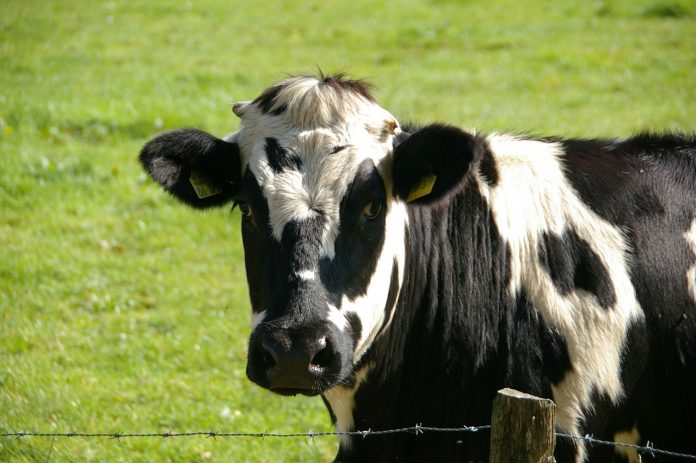One of the hardest things for a farmer to do is make changes to a system that is working fine. Many are comfortable letting their cattle in pasture early spring, possibly having to feed hay during summer slump, then keeping them grazing as long as they can on the available forage into the early winter where they will start feeding hay.
That is a system that is extremely common here in southeast Ohio. Although that may work OK for farmers, there are other options that may be more cost effective and less labor intensive, that could eliminate a lot of hay needs during the winter.
I am going to provide a few alternatives that could supersede that current cycle. Prior to making changes to your current system, there are a few questions that should be addressed.
Questions to answer
These include but are not limited to: What is your current rotation? Where do you get your hay supply from? Are there any restrictions that may not allow your current hay fields to become part of your rotational system, such as location or water availability?
Do you have electric available in the area or is solar power a possible option?
There are countless questions that can be asked to help you with your decision. Here are some options to help extend your grazing season:
1. Introduce better rotational grazing into your system. Decrease the amount of days that they are in each paddock by creating smaller paddocks with the use of poly wire. Allow the livestock to graze down to 4 inches in height, and then rotate them to another paddock. Make sure you have water available in each paddock. As the winter sets in, you will have more available forage to graze than before implementing rotational grazing.
2. Turn your hayfields into permanent pasture and incorporate those fields into your grazing system. Ultimately, this gives you the ability to speed up your rotation and allow more adequate growth and longer rest periods on each paddock. Make sure you have an adequate water setup before attempting. This will add more acreage to the first option.
3. Stockpile forage in select paddocks. This includes grazing throughout spring and into summer. Around late July/early August, pull the livestock out of these fields for the remainder of the grazing season.
Allow the forage to grow untouched for the rest of the year, until you need to release your livestock onto it in the winter. You can apply manure or nitrogen to give a big push of growth before the grasses go dormant.
Having livestock graze stockpiled forage takes the place of feeding hay until the stockpiled forage is depleted. This is much less expensive over time by reducing winter feeding costs and will limit your time throughout the year cutting hay.
With this system, it is still smart to have some hay available for emergencies such as iced over snow or extremely muddy conditions. You can buy hay to use in these situations.
The best forage for stockpiling is tall fescue, due to its ability to hold its forage quality value. If entophyte is a concern for you with fescue, it is good to understand that with freezing temperatures, entophyte levels decrease.
By the time January comes around, entophyte levels should be low enough to not be a cause for concern. With fescue, you must be careful if you do not want this to be the dominant grass on your farm, as it is aggressive and will out-compete other forages.
4. Get the first cutting of hay off the field and then resort to stockpiling starting late July/early August. This is a similar concept as No. 3; however, you do not allow the cattle to graze completely through till late July/early August.
Instead, you do one cut, maybe two, depending on the year. Either way, by late July you will not hay anymore or allow cattle to graze on this property until winter.
The hay that you receive from your first cutting can become emergency hay if needed. Thinking even further outside the box, another choice that you have with this selection is to pull your livestock off of all paddocks and stockpile them all.
During this time, you will feed your first cutting of hay, which better matches the nutritional needs of the livestock in the late summer/ fall, than it would in the late fall/winter.
Another option
This is rarely done in Southeast Ohio; however, it’s another option to consider. It is very difficult to find a way to graze completely year-round, but that should be the goal.
Stockpiled grasses have better nutrition than hay, which provides more nutrients to our livestock in the times when those needs are higher. Sometimes you have to go outside your comfort zone and try new things if you want your operation to remain sustainable.
If you are interested in extending your grazing season, contact your local soil and water conservation district or OSU Extension office and ask for more detailed information.













